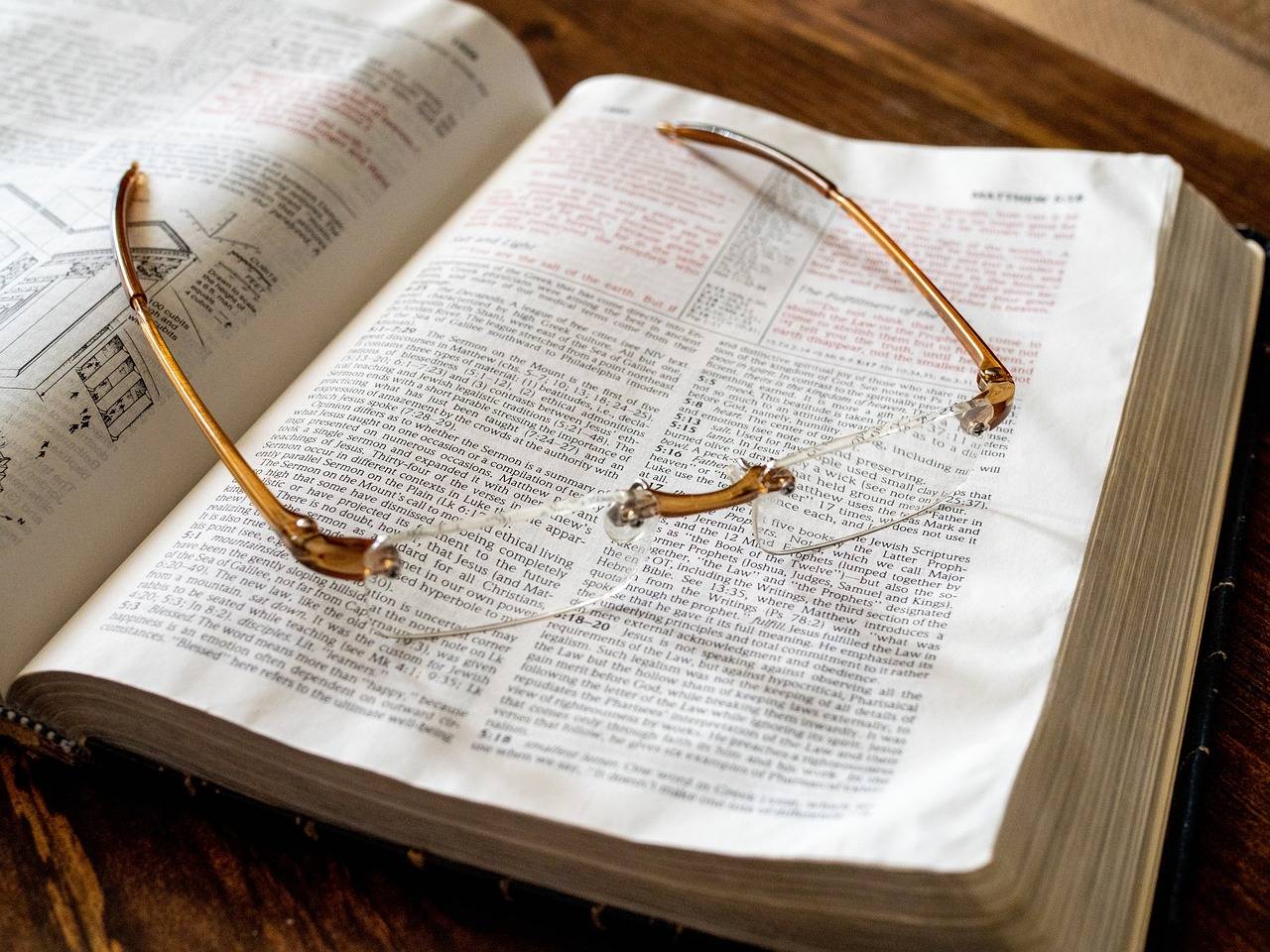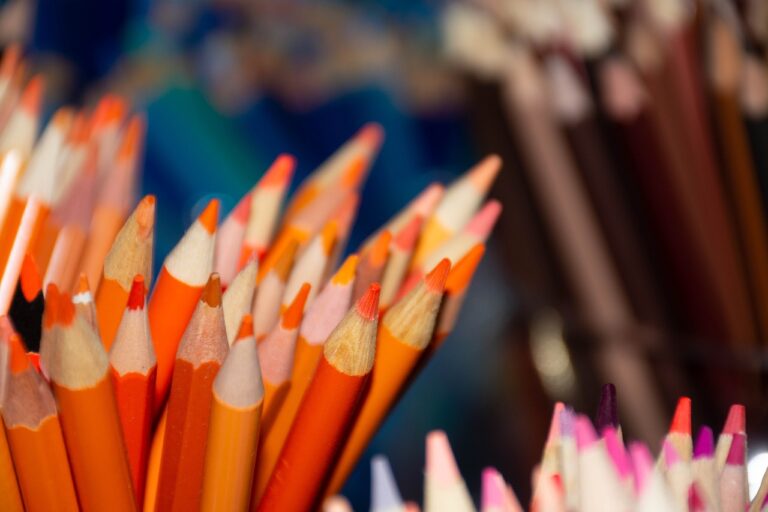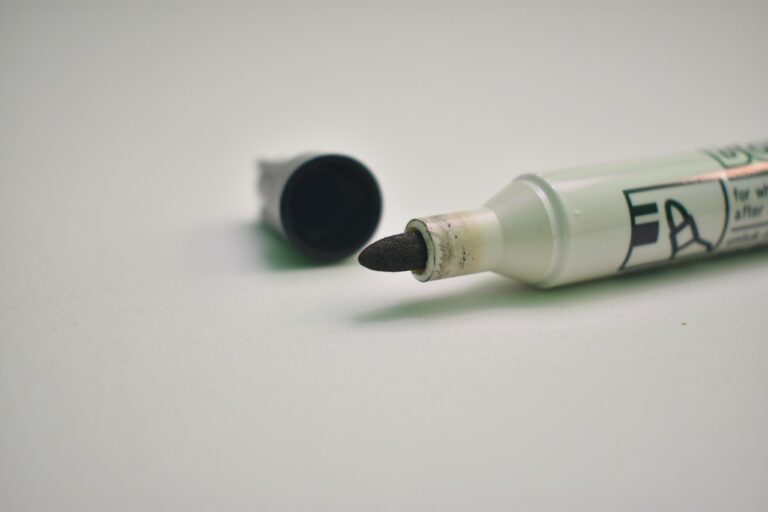Strategies for Teaching Digital Art and Design
Lesson planning for digital art and design involves careful consideration of various factors to create engaging and meaningful learning experiences for students. It is essential to start by identifying clear learning objectives that align with the curriculum and cater to the needs and interests of the students. By setting specific goals, educators can ensure that the lessons are focused and purposeful, guiding students towards acquiring relevant skills and knowledge in the field of digital art and design.
Furthermore, when planning lessons for digital art and design, it is crucial to select appropriate instructional strategies and resources that support active learning and student engagement. Incorporating a mix of hands-on activities, demonstrations, multimedia presentations, and collaborative projects can help cater to different learning styles and preferences. By leveraging technology and software tools effectively, educators can enhance the learning experience and provide students with the opportunity to explore and experiment with various digital art techniques and concepts.
Engaging students in hands-on projects
Incorporating hands-on projects in digital art and design classes is essential for engaging students and fostering their creativity. These projects provide students with the opportunity to apply theoretical knowledge in a practical setting, allowing them to experiment and explore different techniques. By actively participating in hands-on activities, students can develop their problem-solving skills and gain a deeper understanding of the subject matter.
Hands-on projects also offer students a platform to showcase their individual artistic style and talents. Through these projects, students can express their creativity and passion for digital art and design in a tangible way. This not only boosts their confidence but also encourages them to continuously improve and refine their skills. By encouraging students to work on hands-on projects, educators can inspire a sense of curiosity and motivation that drives students to excel in their artistic endeavors.
How can teachers effectively plan lessons for digital art and design?
Teachers can effectively plan lessons for digital art and design by first setting clear learning objectives, incorporating a variety of engaging activities, providing opportunities for practice and feedback, and integrating technology into the lessons.
What are some ways to engage students in hands-on projects?
Some ways to engage students in hands-on projects include allowing them to choose topics that interest them, providing opportunities for collaboration with their peers, incorporating real-world applications of the concepts being taught, and encouraging creativity and experimentation.
Why is it important to incorporate hands-on projects in the curriculum?
Incorporating hands-on projects in the curriculum helps to deepen students’ understanding of the material, develop their critical thinking and problem-solving skills, and increase their motivation and engagement in the learning process.
How can teachers assess students’ learning during hands-on projects?
Teachers can assess students’ learning during hands-on projects by observing their progress as they work on the project, providing feedback throughout the process, and evaluating the final product based on predetermined criteria or rubrics.





